The University of Alberta opened it doors
In 1908, the University of Alberta in Edmonton opened it doors. The University was founded in 1906 with…
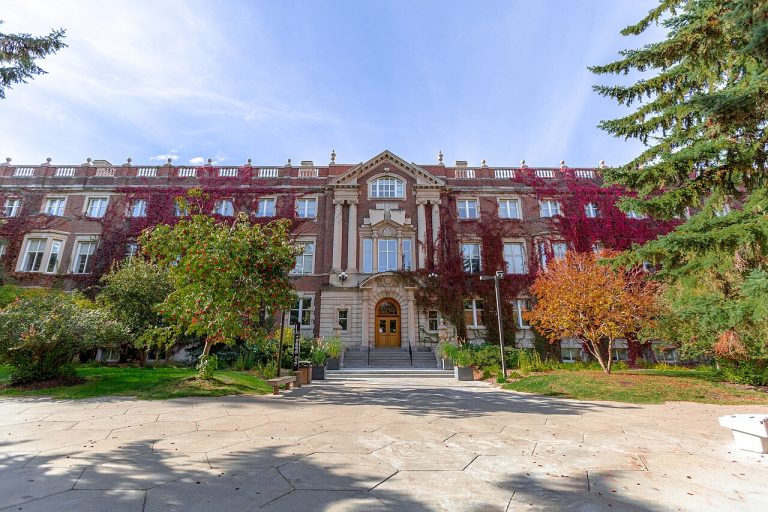
In 1908, the University of Alberta in Edmonton opened it doors. The University was founded in 1906 with…
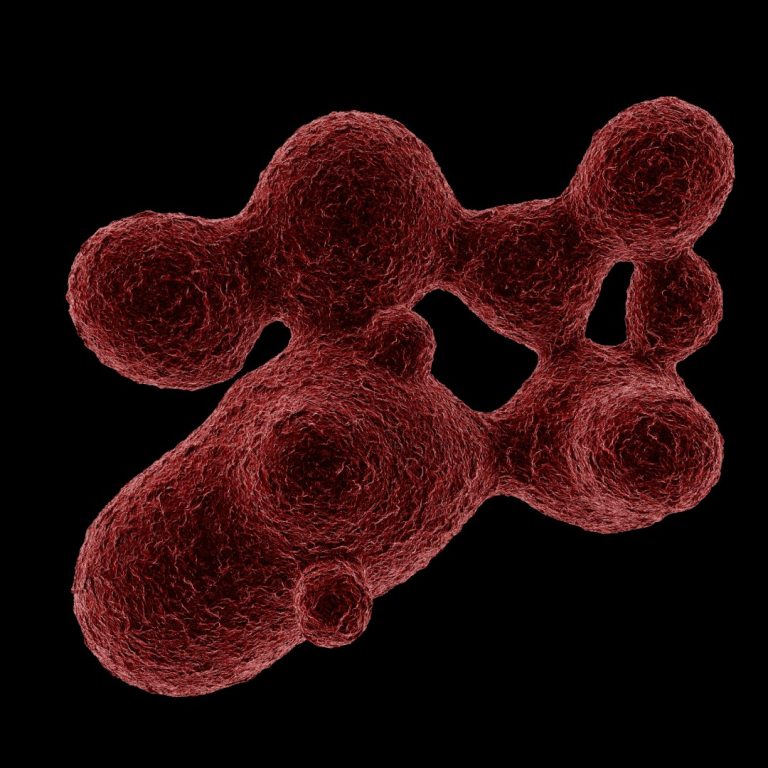
In 1908, Mount Sinai’s Reuben Ottenberg first published mention of using blood test for compatibility before human blood…
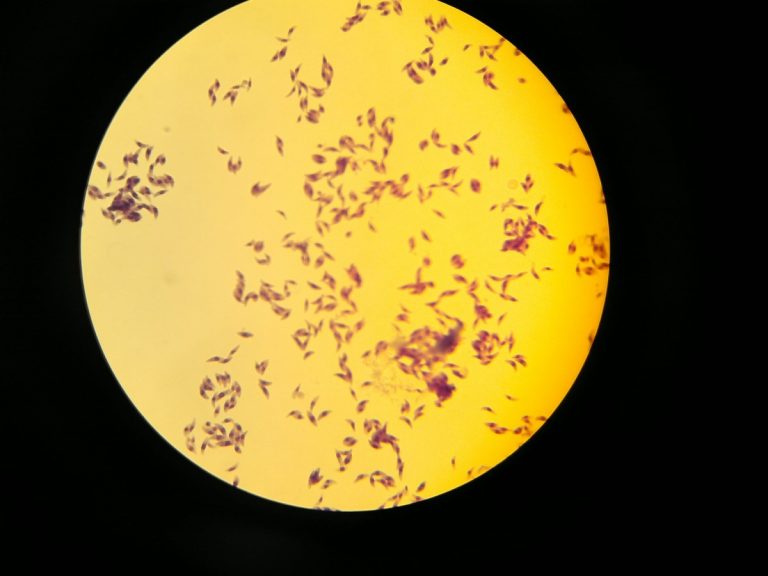
In 1908, Charles Nicolle and Louis Manceaux at the Pasteur Institute were the first to describe Toxoplasma gondii…

In 1908, Drs. John F. Anderson, Leslie L. Lumsen and Wade H. Frost expanded scope of earlier typhoid…
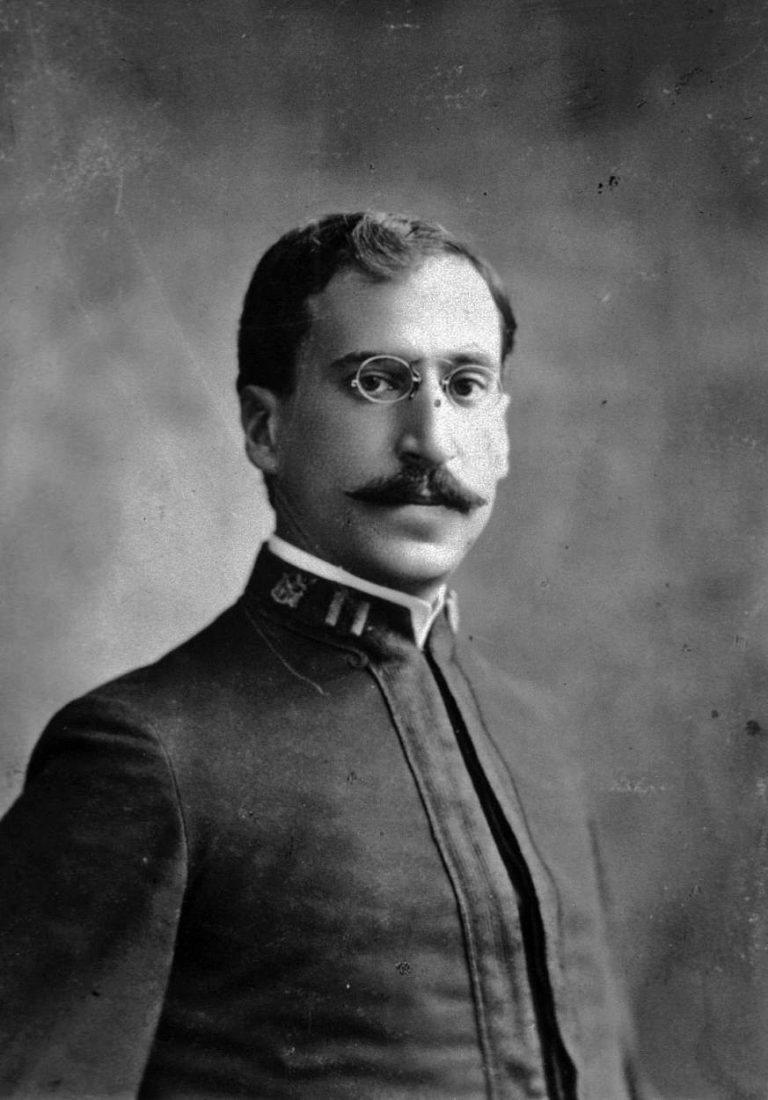
In 1908, Milton J. Rosenau and John F. Anderson established the standard unit for tetanus antitoxin. A pioneer…
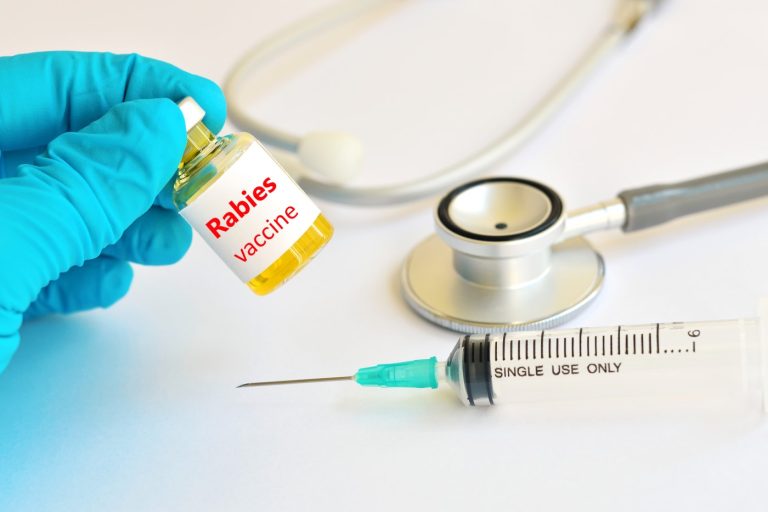
In 1908, Arthur Marston Stimson developed a better method for rabies vaccine preparation so it could be sent…
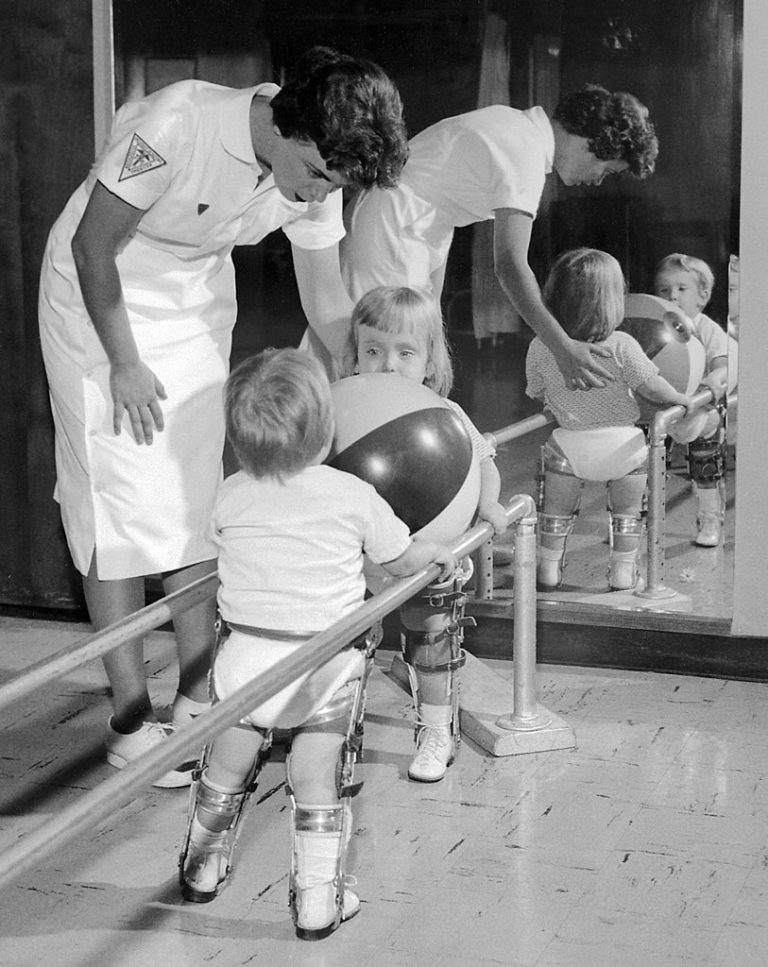
In 1908, Dr. Karl Landsteiner at the University Department of Pathological Anatomy in Vienna discovered that the cause…

In 1908, Prevent Blindness America, the nation’s leading volunteer eye health and safety organization dedicated to fighting blindness…
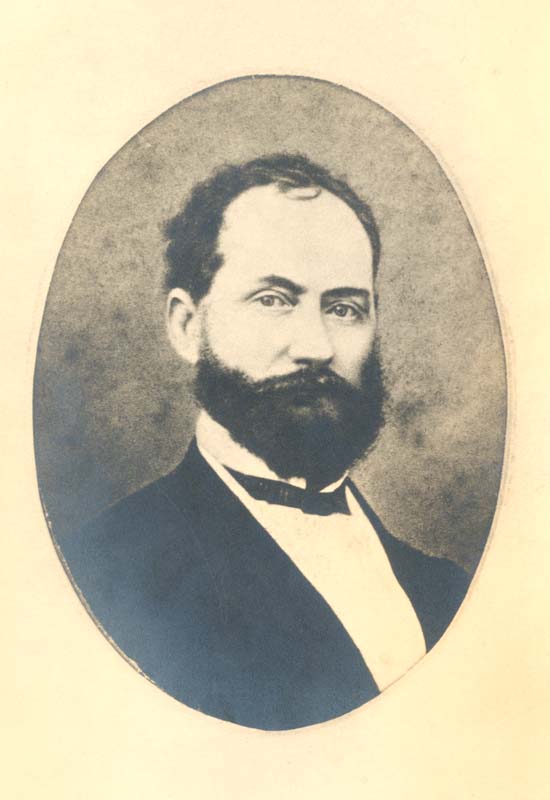
In 1858, Samuel Elias Cooper founded the Far West’s first medical school in San Francisco. In 1908, Stanford…

In 1908, the first county health departments in the U.S. were formed. Local health departments vary in jurisdiction…
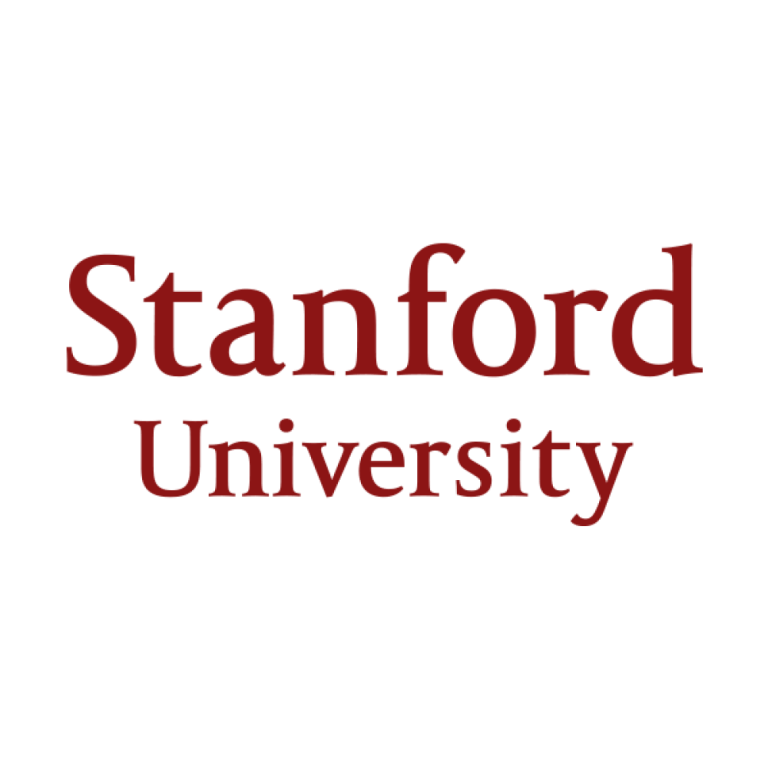
In 1908, Stanford Trustees accepted Cooper Medical College as part of the University. The Stanford School of Medicine…

In 1908, the University of British Columbia (UBC) was founded by The University Act. In 1910 a site…

In 1908, McGill professor Ernest Rutherford won the Nobel Prize in Chemistry “for his investigations into the disintegration…
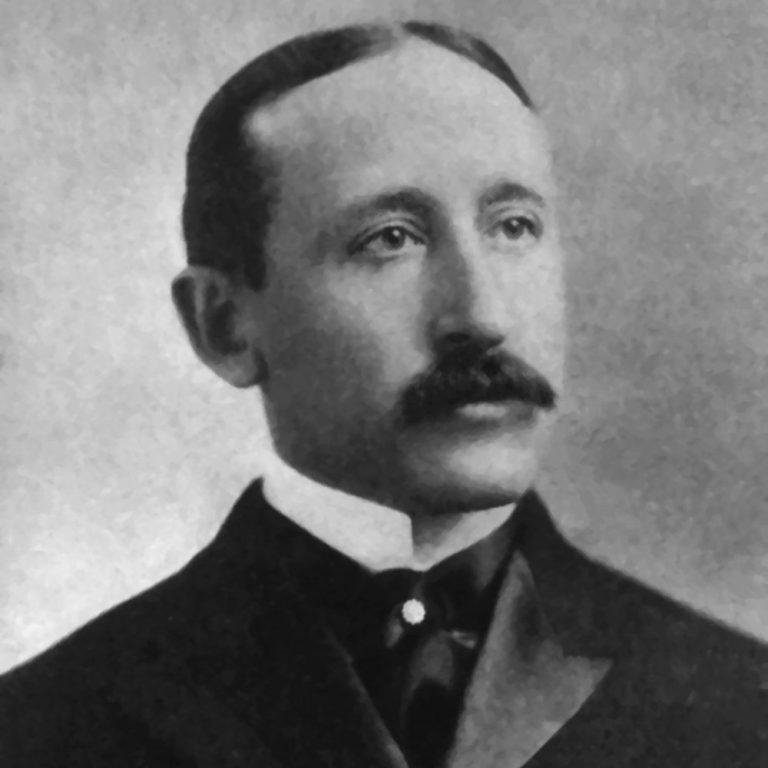
On Nov. 15, 1907, the American Association for Cancer Research (AACR) held its first annual meeting at the…
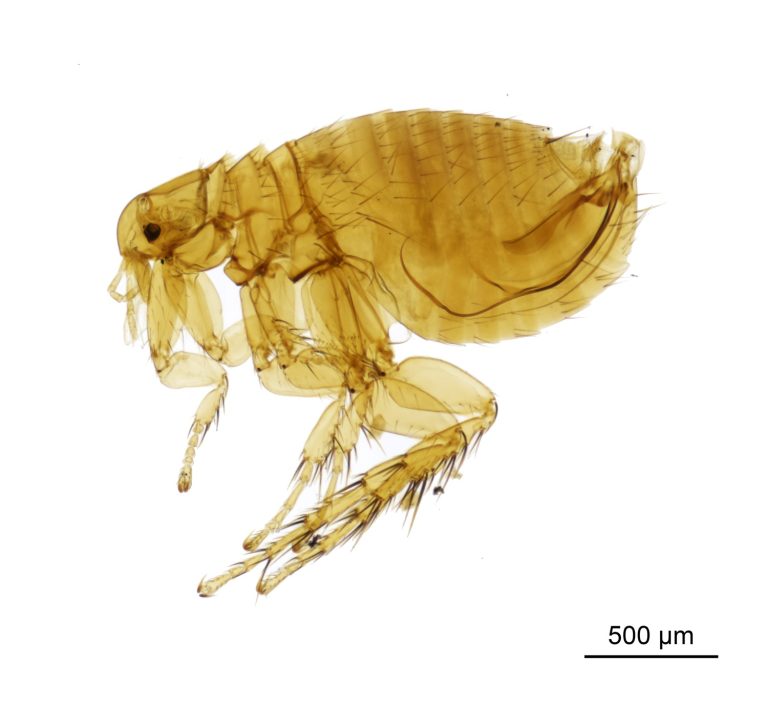
On Oct. 1, 1907, bubonic plague broke out in Seattle when three (possibly seven) people died. Rats were…
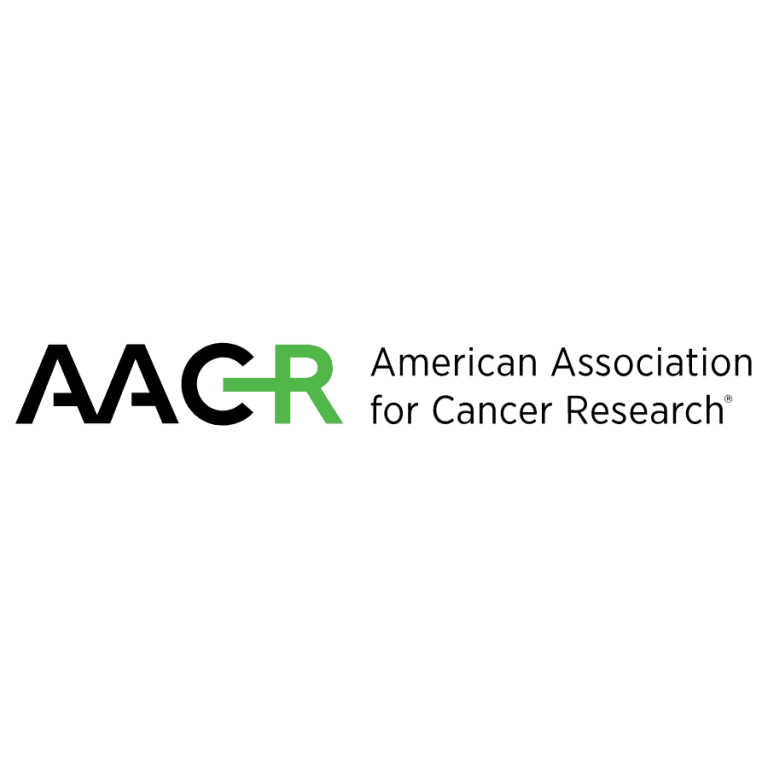
On May 7, 1907, the American Association for Cancer Research (AACR) was founded when eleven laboratory scientists and…
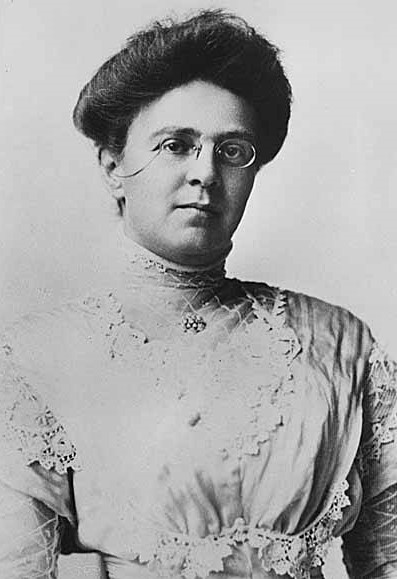
On Jan. 11, 1907, Children’s Orthopedic Hospital Association, now known as Children’s Hospital and Regional Medical Center, was…
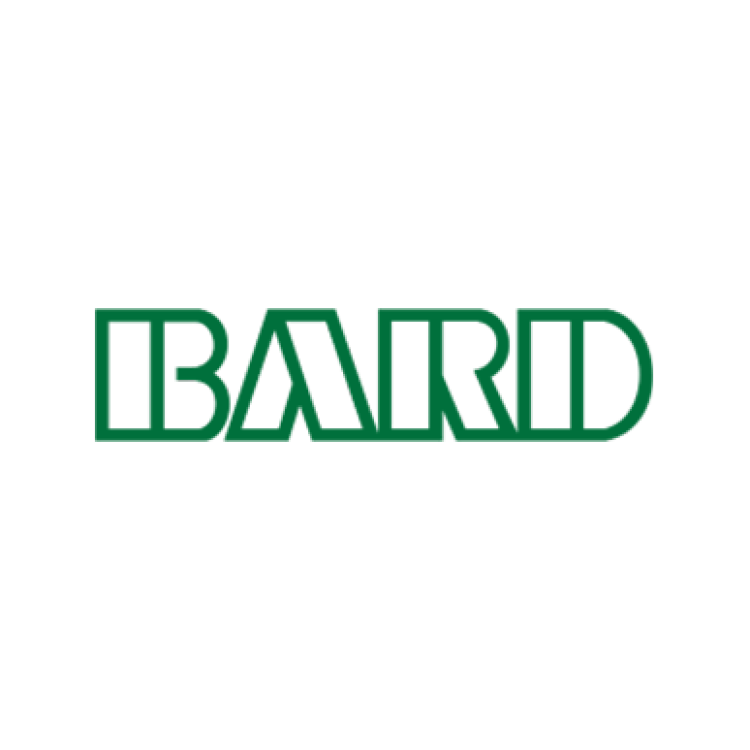
In 1907, Charles R. Bard founded C. R. Bard in New York City. Bard’s first business involved importing…

In 1907, Ludvig Hektoen first suggested cross-matching blood between donors and patients as a way to exclude incompatible…
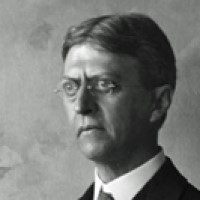
In 1907, Joseph H. Kastle developed a reagent for the recognition and estimation of free hydrochloric acid in…
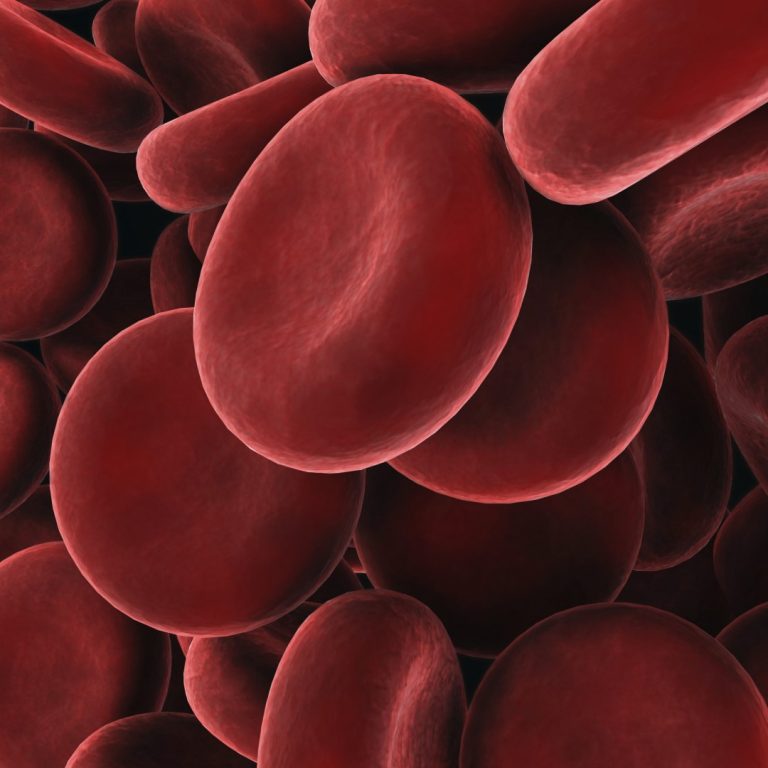
In 1907, Joseph H. Kastle and other workers in the Division of Chemistry designed a “hemoglobinometer” to measure…
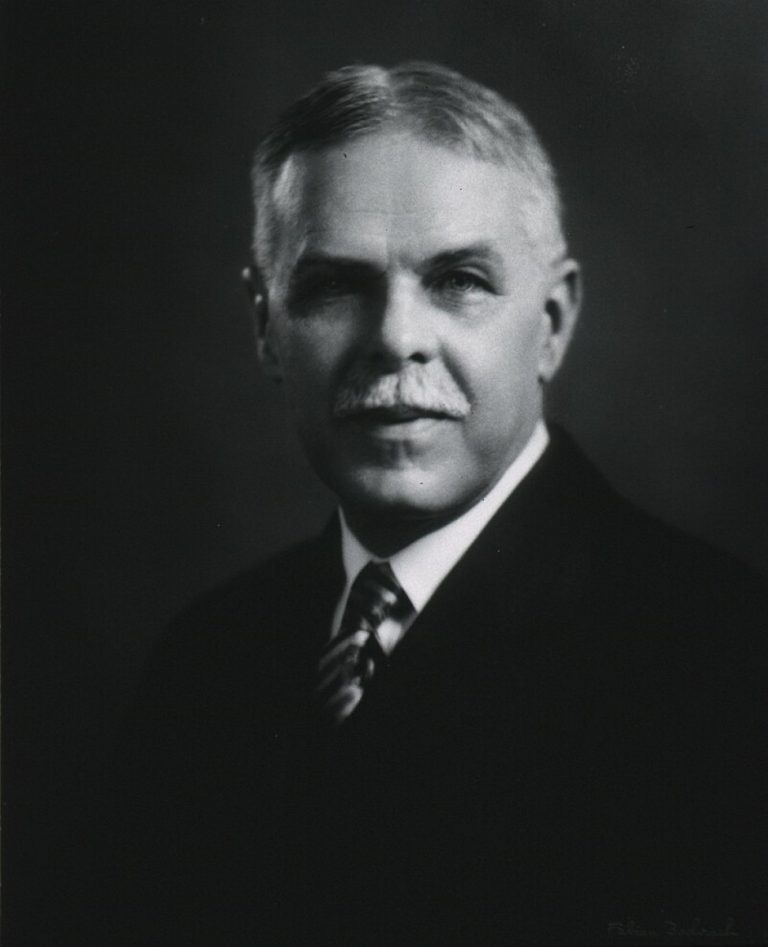
In 1907, Reid Hunt described the toxic effects of methyl and ethyl alcohols. One of Hunt’s most important…
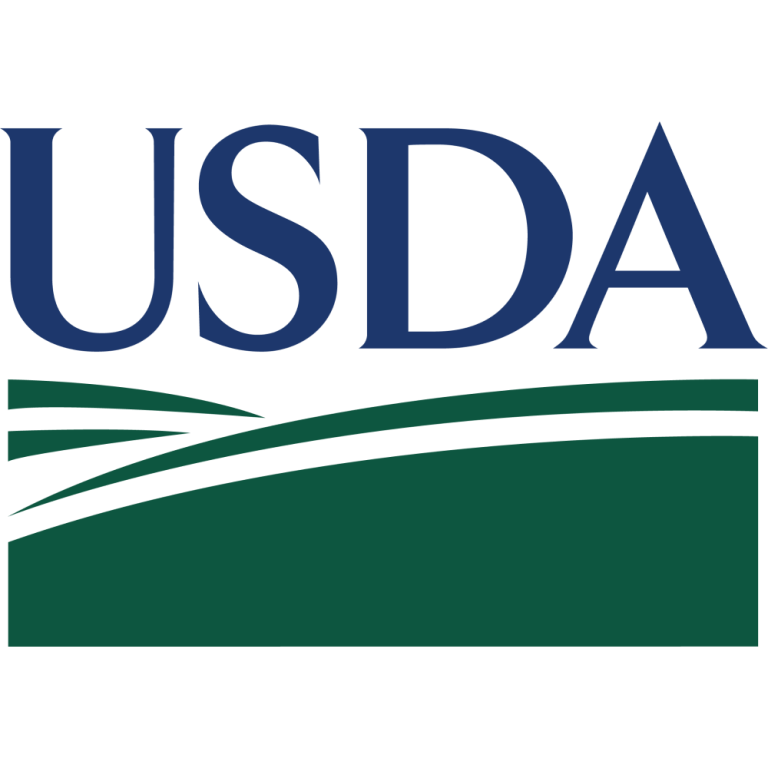
In 1907, the United States Department of Agriculture (USDA) issued Food Inspection Decision (F.I.D.) 76, which contained a…

In 1907, Dr. Sara Josephine Baker and sanitation engineer. George Soper at the New York City Department of…
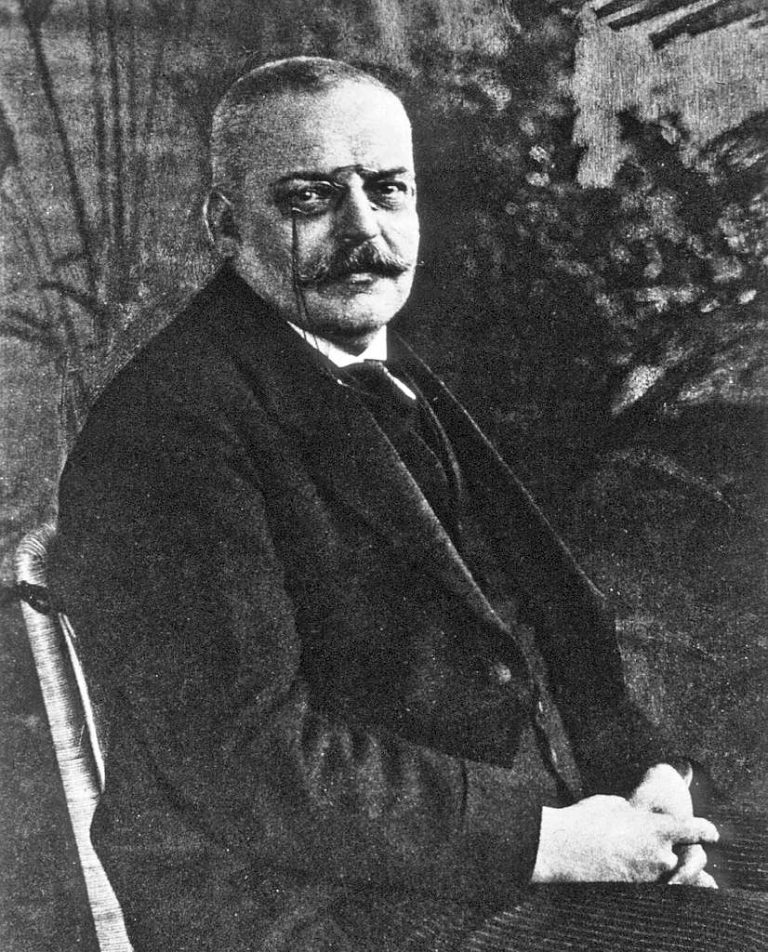
On Nov. 3, 1906, a clinical psychiatrist and neuroanatomist, Alois Alzheimer, reported “A peculiar severe disease process of…
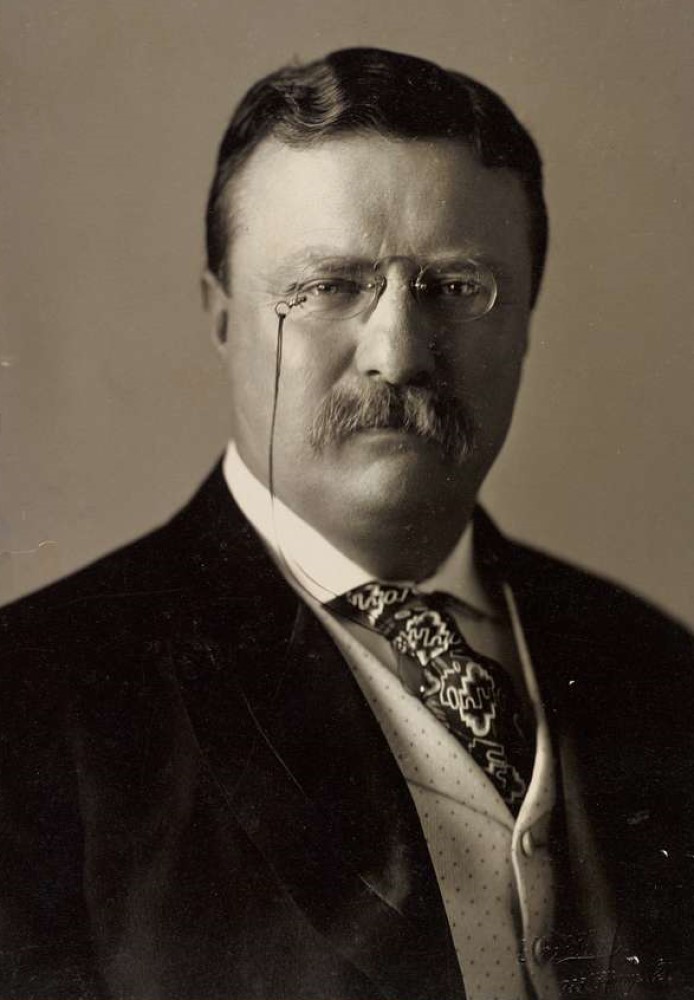
On Jun. 30, 1906, President Theodore Roosevelt signed the Pure Food and Drug Act, and the meat inspection…

On Apr. 29, 1906, Milton J. Rosenau and John F. Anderson published a pioneering study on anaphylaxis. Their…
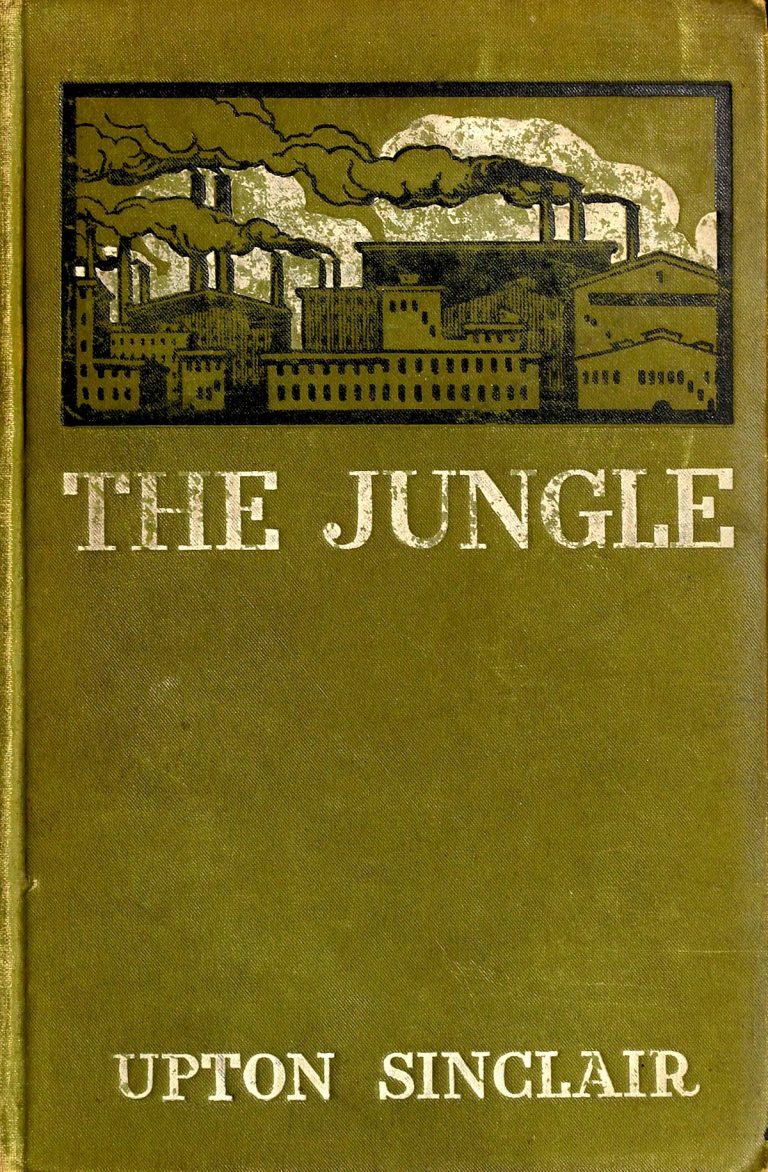
On Feb. 27, 1906, Upton Sinclair’s book The Jungle was published. The book gave graphic descriptions of the…
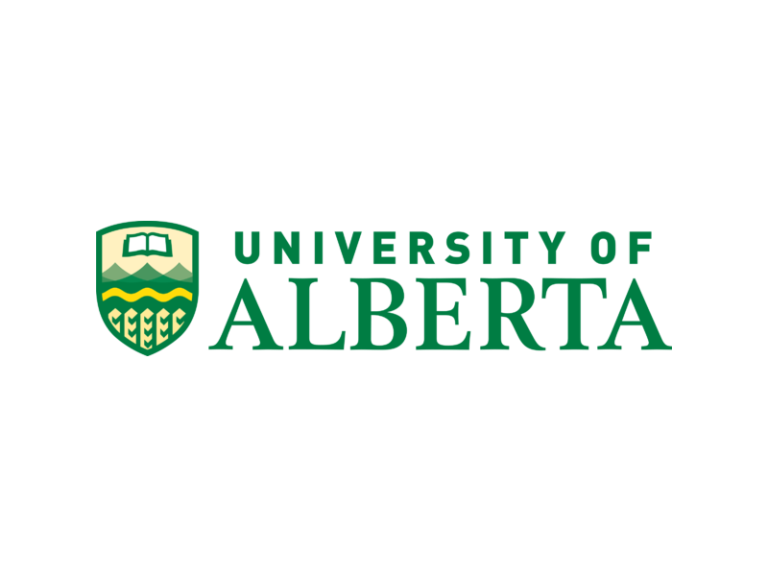
In 1906, the University of Alberta (U of A) in Edmonton was founded in 1906 with the passage…

In 1906, Reid Hunt discovered the hypotensive effects of acetylcholine. One of Hunt’s most important research contributions was…